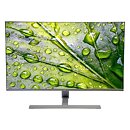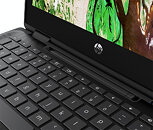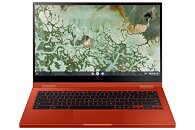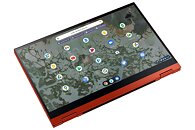
Acer Unveils Trio of Chromebooks for Families, Students, and Hybrid Workers
Acer today unveiled three new Chromebooks designed for consumers needing a secure, easy-to-use, and affordable device for productivity, entertainment and communication. These new Chromebooks come in three sizes and form factors, and are furnished with everything consumers need, plus exceptional audio and video technology for entertainment and video conferencing.
"This new trio of Acer Chromebooks offers the best of several worlds; they deliver solid performance capabilities, have great extra features, and give users the latest technology while staying within budget," said James Lin, General Manager, Notebooks, IT Products Business, Acer Inc. "Today's users need a reliable, easy-to-use means to stay productive, connected and entertained when they're at home—these three new Acer Chromebooks fit that bill."
"This new trio of Acer Chromebooks offers the best of several worlds; they deliver solid performance capabilities, have great extra features, and give users the latest technology while staying within budget," said James Lin, General Manager, Notebooks, IT Products Business, Acer Inc. "Today's users need a reliable, easy-to-use means to stay productive, connected and entertained when they're at home—these three new Acer Chromebooks fit that bill."





















































